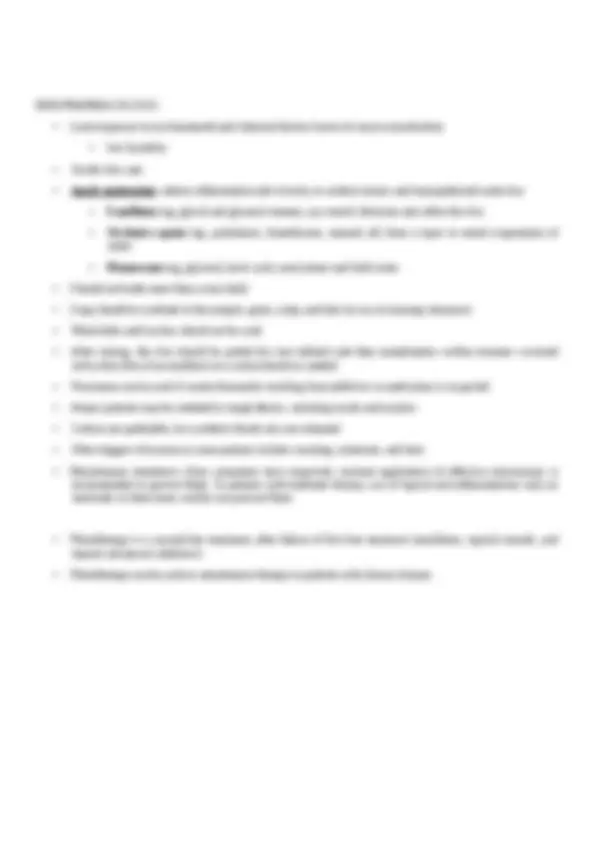
Epidemiology
• AD onset is most common between 3 and 6 months of age, with approximately 60% of patients developing
the eruption in the first year of life and 90% by 5 years of age.
• Periods of remission appear as the person grows older
• Spontaneous resolution of AD has been reported to occur after age 5 years in 40%-60% of patients affected
during infancy, if the disease is mild.
• AD disappears in 20% of children followed from infancy until adolescence, but become less severe in 65%
• More than half of adolescence treated for mild dermatitis may experience a relapse of disease as adults.
• Approximately 70% of AD patients have a positive family history of atopic diseases. (JAAD)
• The odds of developing AD are 2- to 3-fold higher in children with 1 atopic parent, and this increases to 3- to
5-fold if both parents are atopic
• A maternal history of AD is possibly more predictive (JAAD)
• 35% of infants with AD develop asthma later in life (Fitzpatrick)
Management
A. Immediate
• Systemic corticosteroids are indicated only for severe acute exacerbations.
• Oral prednisone dosages should be high enough to suppress the dermatitis quickly, usually starting with 1 mg/
kg daily for adults.
• Immunomodulators (calcineurin inhibitors)
• Tacrolimus
• Pimecrolimus
• Pimecrolimus cream and tacrolimus ointment may cause skin burning and pruritus, especially when applied to
acutely inflamed skin. Initial treatment of patients with AD using topical corticosteroids should be considered
to minimize TCI application site reactions. Patients with AD should be counseled about the possibility of
these reactions.
B. Short term
• Steroids are discontinued when lesions disappear and are resumed when new patches arise.
• Owing to the chronic nature of atopic dermatitis and the side effects of long-term systemic
corticosteroids, ongoing use of these agents is not recommended for maintenance therapy
• A midstrength steroid ointment (triamcinolone or betamethasone valerate) is applied 2 times daily to lesions
on the trunk until the eczematous lesions clear.
• Bedtime doses of hydroxyzine, diphenhydramine, or doxepin may be helpful via their sedative properties to
mitigate perceived pruritus.
C. Long term










